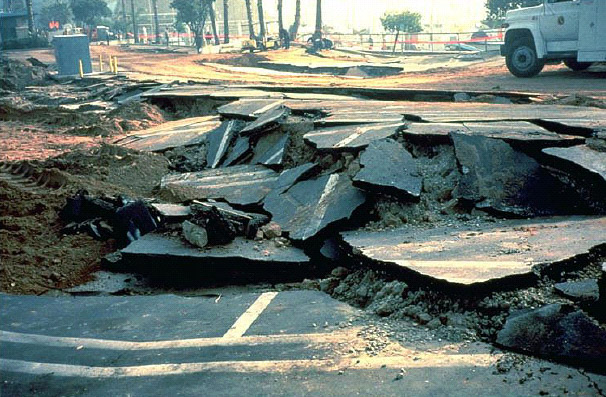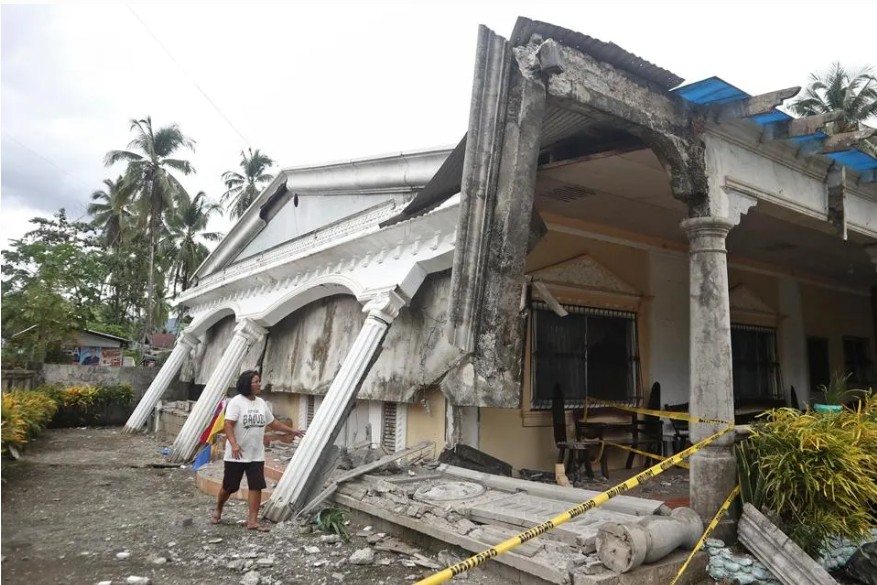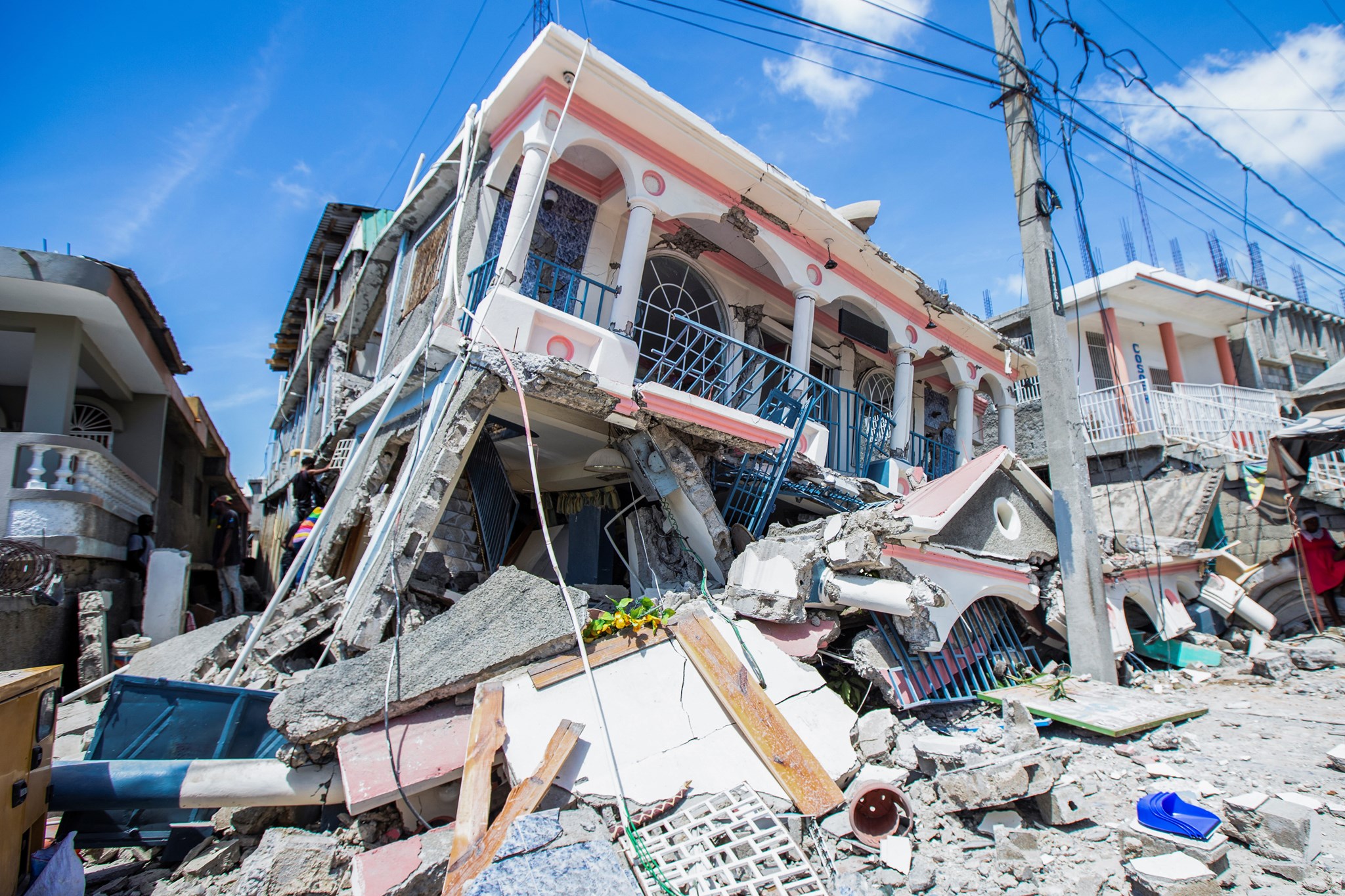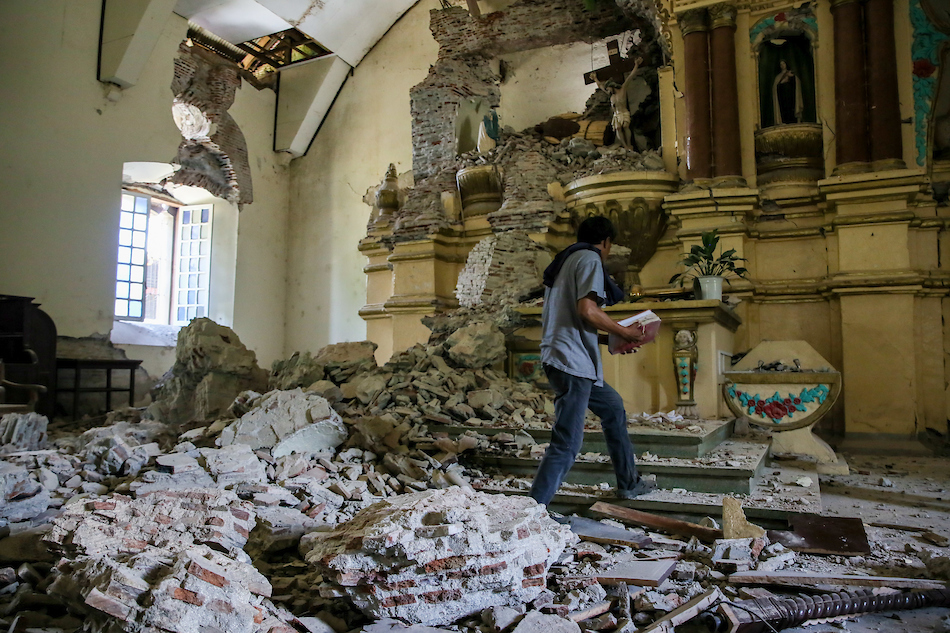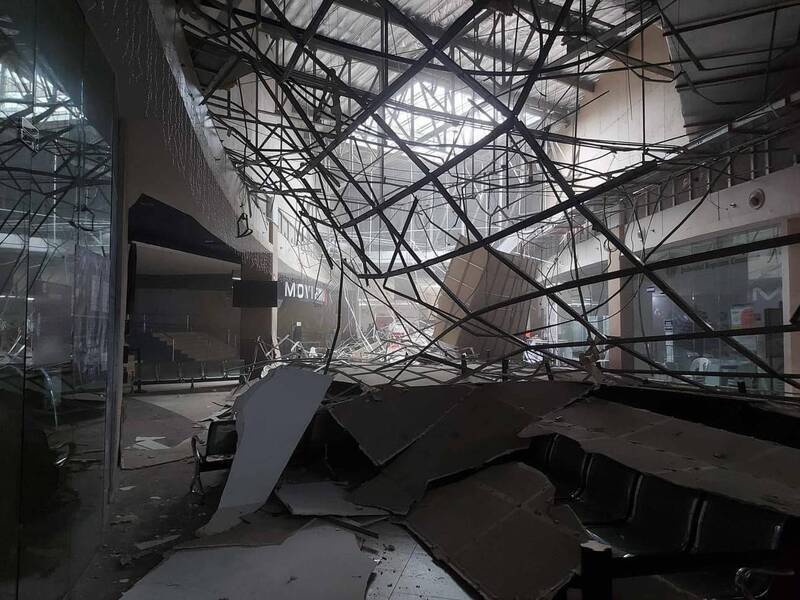EARTHQUAKE
An intense shaking of the Earth's surface caused by the sudden release of energy in the Earth's lithosphere, generating seismic waves.
More InformationDID YOU KNOW?
More than 20 earthquakes are recorded in the Philippines daily, but not all are felt. These tremors are detected by instruments like the seismograph. Earthquakes cannot be prevented, but preparedness can help reduce risks.
More InformationWHERE DO EARTHQUAKES ORIGINATE?
EPICENTER - The point on the Earth's surface directly above the focus.
FOCUS/HYPOCENTER - The point beneath the Earth's surface where the earthquake originates. It is also referred to as the hypocenter.
RELATED NEWS
EARTHQUAKE PREPAREDNESS
01 Secure or bolt down heavy furniture and cabinets to prevent them from falling.
Falling objects can cause injury or block pathways. Ensure cabinets, shelves, and other furnishings are firmly secured.
02 Check if ceiling-mounted objects are securely fastened.
Ensure that chandeliers, light fixtures, and other hanging decorations are properly attached to prevent them from falling during an earthquake.
03 Inspect the strength and structure of buildings and houses.
Have an engineer assess the stability of your home or office, especially if the structure is old. Regularly check for cracks in walls and columns.
04 Practice and participate in regular earthquake drills.
The "Duck, Cover, and Hold" technique is an effective response during an earthquake. Familiarize yourself with exit routes and evacuation areas in your home or workplace.
05 Construct houses and buildings following proper design standards.
When building a home, ensure that building codes are followed to enhance earthquake resistance.
06 Store hazardous chemicals and flammable materials in a safe place.
Hazardous chemicals, LPG tanks, and other flammable items should be stored in a secure location to prevent explosions or fires during an earthquake.
07 Familiarize yourself with exit routes, fire extinguisher locations, first aid kits, and alarms.
Ensure that family members or employees know where the emergency exits and fire extinguishers are for quick evacuation during an emergency.
WHAT TO DO DURING AN EARTHQUAKE
01 Stay calm. If inside a sturdy building, do not rush outside.
Running outside during an earthquake is dangerous as you may be hit by falling debris. Wait until the shaking stops before exiting the building.
02 Avoid objects that may fall or topple over.
Position yourself behind a sturdy table or against a solid wall away from glass. Stay clear of cabinets, chandeliers, and windows that could break or fall.
03 Perform DUCK, COVER, and HOLD.
If indoors, crouch down (Duck), find strong cover like a table (Cover), and hold on firmly (Hold). If no cover is available, stay in position until the shaking stops.
WHAT TO DO AFTER AN EARTHQUAKE
01 Stay alert for possible aftershocks.
After an earthquake, aftershocks may follow, some of which could be stronger or weaker. Stay alert and wait for official announcements before returning home.
02 If evacuation is necessary, leave a message about your whereabouts.
To help authorities or family members locate you, leave a message or inform your local government unit (LGU) of your evacuation site.
03 Ensure your home is safe before entering.
Before re-entering your home, check for cracks in the walls or structural damage. If it seems unsafe, consult an expert before going inside.
04 Listen to a battery-powered radio for updates and warnings.
Tune in to the radio or follow announcements from your LGU and PHIVOLCS for warnings about tsunamis or possible landslides.

